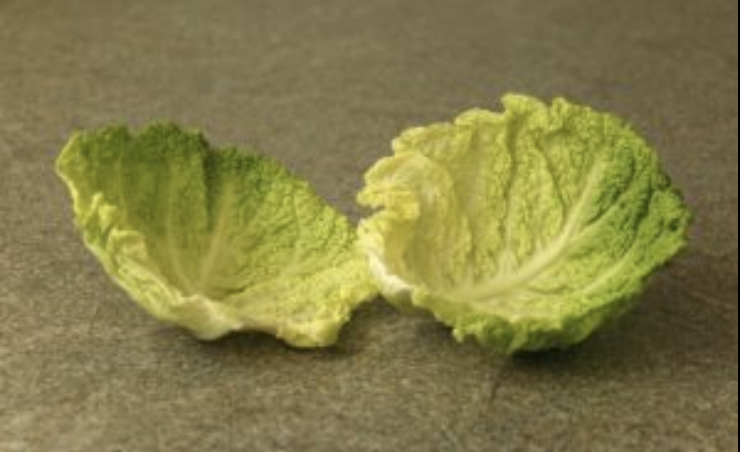
Why cabbage leaves are recommended in breastfeeding
Our IBCLC lactation consultants are often asked if cabbage leaves are recommended to relieve breast engorgement in breastfeeding, as some of you might have seen or heard of this either in person or on social media. In this article, you can learn more about breast engorgement and the reverse pressure softening technique (RPS) to relieve it.
First of all, as with many topics related to breastfeeding and women’s health, there is practically no scientific evidence, and it is very limited, so in the absence of it, we can only focus on clinical experience. That is, from what we have observed, that works and also does not cause any harm.
When problems like breast engorgement, blocked milk ducts, mastitis, and so on happen to your breasts, then applying cold can significantly help the process. But what kind of cold? And here there is a problem of applying something cold to your breasts that can cause tissue damage (yes, directly applying cold can cause skin burns on your breasts), or it can be totally ineffective if you wrap the chosen product with towels as a precaution, which then prevents the cold from being effectively transmitted to the affected area. Before continuing, let’s be clear that they do not serve any other purpose than cooling: cabbage leaves do not prevent or cure anything.
How to use cabbage leaves for your breasts
Cabbage leaves are easy to buy, reasonably priced, and fit great in the breasts’ shape, providing noticeable and safe relief from swelling.
All you have to do is:
- Buy a fresh head of cabbage
- Wash the leaves carefully and thoroughly, one by one, to remove any dirt or bacteria that may be there.
- They can be applied directly onto the breast or left in the fridge (in summer, when it’s warm, it is better to keep them cooled, while when it is not so hot, they are perfect at room temperature).
- To adapt them better to the shape of your breasts, you can roll over a rolling pin to make them softer.
- If you have sore nipples, cut the cabbage leaf by making a circle to leave the nipple and areola area out so they stay uncovered. This is for two reasons: the first is that it can be unpleasant to apply something cold on a sore nipple, and the second is that even if the leaves are clean, the wound can be a “gateway” for some bacteria, such as listeria, which you don’t want and so warns a recent update of the Academy for Breastfeeding Medicine (ABM).
- Once in place, it is likely that the leaf will warm up within 10-20 minutes, and you will have to replace it with a new one.
- Cabbage leaves can be used as many days or times as necessary.
Of course, other products on the market can have a similar effect and seem more modern. But in the end, why should you complicate your life if something is good, safe, and easy to find?